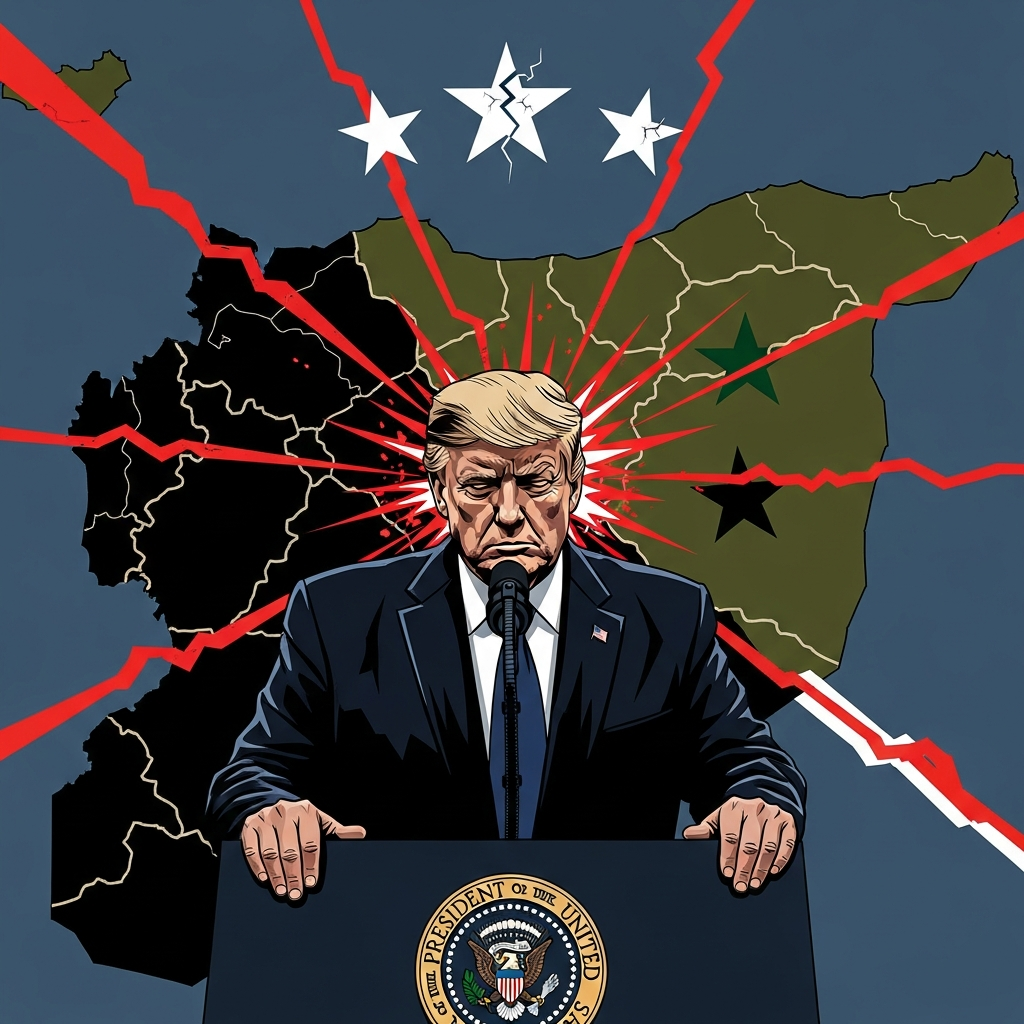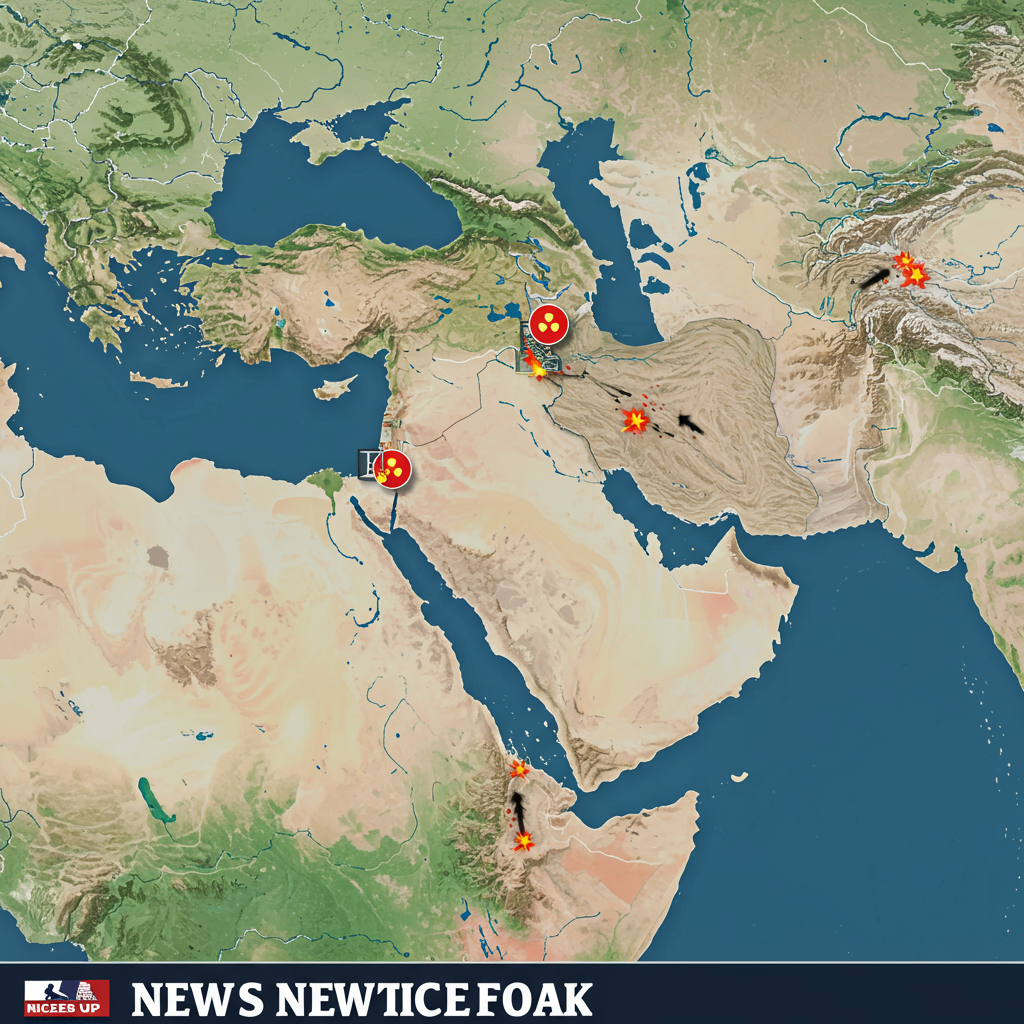The clock is ticking for numerous nations trading with the United States. A critical deadline is fast approaching, potentially triggering a significant hike in US tariffs. This development stems from the Trump administration’s trade strategy, which involves intense pressure and firm dates for finalizing new agreements. Without swift action from trading partners, steep duties initially proposed months ago are set to snap back into place. This impending change is causing ripples in global trade discussions and prompting questions about economic impacts.
august 1 Deadline Looms for US Tariff Hikes
According to statements from Treasury Secretary Scott Bessent, a pivotal date for US trade partners is August 1. Countries that have not successfully negotiated new trade deals with the United States by this time face the reinstatement of substantially higher tariff rates. Bessent explained that this signifies tariffs “boomerang[ing] back” to the levels initially outlined by President Donald Trump on April 2. These April rates were announced during what the administration termed “Liberation Day,” setting a baseline 10% tariff on most imports and proposing significantly higher, country-specific surcharges shortly after.
The Administration’s “Maximum Pressure” Strategy
This approach is characterized by the administration as applying “maximum pressure.” Instead of prolonged negotiations with every partner, the plan involves notifying countries directly of the tariff rates they will face if a deal isn’t struck. President Trump confirmed this strategy, indicating that letters detailing these impending rates are being sent out. He suggested this method is simpler than extensive talks. Bessent reiterated that the August 1 date is not a new deadline for negotiations but rather the fixed point when the higher rates will be implemented if agreements aren’t finalized. Countries wishing to avoid these rates need to accelerate their discussions before this date.
Clarifying the Dates: July 9 vs. August 1
Confusion has arisen regarding the exact timeframe. President Trump had initially announced a 90-day pause on the higher, country-specific tariffs starting April 9. This pause was intended to create a window for bilateral deal negotiations and was originally set to expire on July 9. As that date neared, the focus shifted to August 1 as the effective date for tariff implementation if deals remained undone. Both Bessent and Commerce Secretary Howard Lutnick have confirmed August 1 as the date tariffs would “kick in.” Trump himself has stated that payments would “start to pay on Aug. 1.” While letters detailing rates were expected to go out around the original July 9 mark, August 1 is presented as the critical date for the tariffs to become active.
Status of Global Trade Negotiations
The success of this “maximum pressure” strategy hinges on countries’ willingness to negotiate swiftly. The administration has stated its focus is primarily on 18 key trading partners responsible for the vast majority (95%) of the US trade deficit. Progress appears varied across the globe.
Deals Completed or Showing Progress
Some agreements have been announced. The United Kingdom and Vietnam have reportedly finalized trade deals that allow them to avoid the impending tariff hikes. Washington and Beijing have also reached a temporary agreement to reduce some previously high levies on each other’s products. Secretary Bessent mentioned being “close to several deals” and anticipating “several big announcements over the next couple of days,” though he did not name the countries involved. Negotiations with the European Union, accounting for a significant portion of global trade, were cited by Bessent as “making very good progress” after an initial slow start. EU and US negotiators have reportedly held weekend talks, with hopes expressed for a deal.
Countries Resisting or Expressing Concern
Not all trading partners are readily agreeing to terms. Japan’s Prime Minister Shigeru Ishiba has stated he “won’t easily compromise” in trade talks with Washington. Meanwhile, leaders from the BRICS nations (Brazil, Russia, India, China, South Africa) have collectively expressed “serious concerns.” Meeting in Rio de Janeiro, they planned to criticize the tariffs, deeming them illegal and harmful to the global economy. Bessent also noted that “many of these countries never even contacted us” during the negotiation window, contradicting earlier optimistic White House projections.
The Debate Over Economic Impact
A key point of contention surrounding the tariffs is their potential effect on the US economy. While the administration argues they generate revenue and pressure foreign countries, critics warn of increased costs for consumers and harm to US businesses.
Administration’s Stance: Revenue and No Inflation
Trump administration officials have repeatedly argued that foreign countries, particularly China, would bear the cost of tariffs. Treasury Secretary Bessent has pushed back strongly against projections of increased costs for US consumers or businesses. He dismissed warnings of inflation as “misinformation” and “tariff derangement syndrome,” stating on Fox News Sunday that “We have seen no inflation so far.” Stephen Miran, chairman of the White House Council of Economic Advisers, echoed this view, asserting there was “no lasting evidence” that tariffs during Trump’s first term hurt the economy. He pointed to “Tariff revenue is pouring in. There’s no sign of any economically significant inflation whatsoever and job creation remains healthy.” Bessent differentiated tariffs from generalized inflation, calling them “one-time price adjustments” that, he claimed, haven’t even materialized yet.
Critics’ Stance: Higher Costs and Reduced Competitiveness
Economists outside the administration offer a different perspective. Former Treasury Secretary Larry Summers has been a vocal critic of Bessent’s stance, arguing that tariffs would come at the expense of higher inflation for US consumers. He also contends that tariffs reduce competitiveness for American producers who rely on imported goods. While acknowledging tariffs might “collect some revenue,” Summers maintains this would be outweighed by negative economic consequences. Businesses, including retail giants like Walmart, have also indicated that higher import costs due to tariffs would necessitate raising prices for customers, despite administration pressure to absorb these costs.
Frequently Asked Questions
What is the new date for Trump’s proposed tariffs to take effect?
The Trump administration has stated that previously announced higher tariff rates are scheduled to go into effect on August 1, 2024. This date applies to trading partners who have not successfully finalized new trade deals with the United States before then. While an earlier date, July 9, marked the end of a 90-day pause on these specific tariffs intended for negotiations, August 1 is presented as the firm date for their implementation if agreements are not reached.
What does the administration mean by tariffs ‘boomeranging back’?
The phrase “boomeranging back” refers to the reinstatement of potentially very high tariff rates that President Trump initially announced on April 2. These rates were temporarily suspended shortly after to allow countries a window for trade negotiations. If deals are not concluded by the August 1 deadline, the tariffs that were originally set at those potentially elevated levels will ‘snap back’ or ‘boomerang back’ into effect, returning to the rates proposed back in April.
How might these higher tariffs impact the US economy or consumers?
There is significant debate on this. Administration officials like Scott Bessent and Stephen Miran argue that foreign countries bear the cost and dismiss warnings of inflation, stating tariffs generate revenue and haven’t caused price increases or economic harm. Critics like Larry Summers disagree, warning that US importers pay the tariffs, which could lead to higher costs passed on to American consumers as price increases. They also argue tariffs can make US producers less competitive. Some businesses, like Walmart, have publicly stated that tariffs would force them to raise prices.
Conclusion
The countdown to August 1 marks a crucial period in global trade under the Trump administration. With letters detailing potential high tariff rates being sent and officials emphasizing the “maximum pressure” strategy, trading partners face a stark choice: finalize a deal quickly or face the reinstatement of duties potentially reaching significant levels. While some agreements have been reached or are reportedly close, others show resistance. The debate over the economic consequences – whether tariffs are a revenue source or a burden on consumers and businesses – remains sharply divided among experts. As the August 1 date approaches, the global trade landscape remains uncertain, with potential impacts stretching from international negotiations to the prices consumers might eventually pay.


